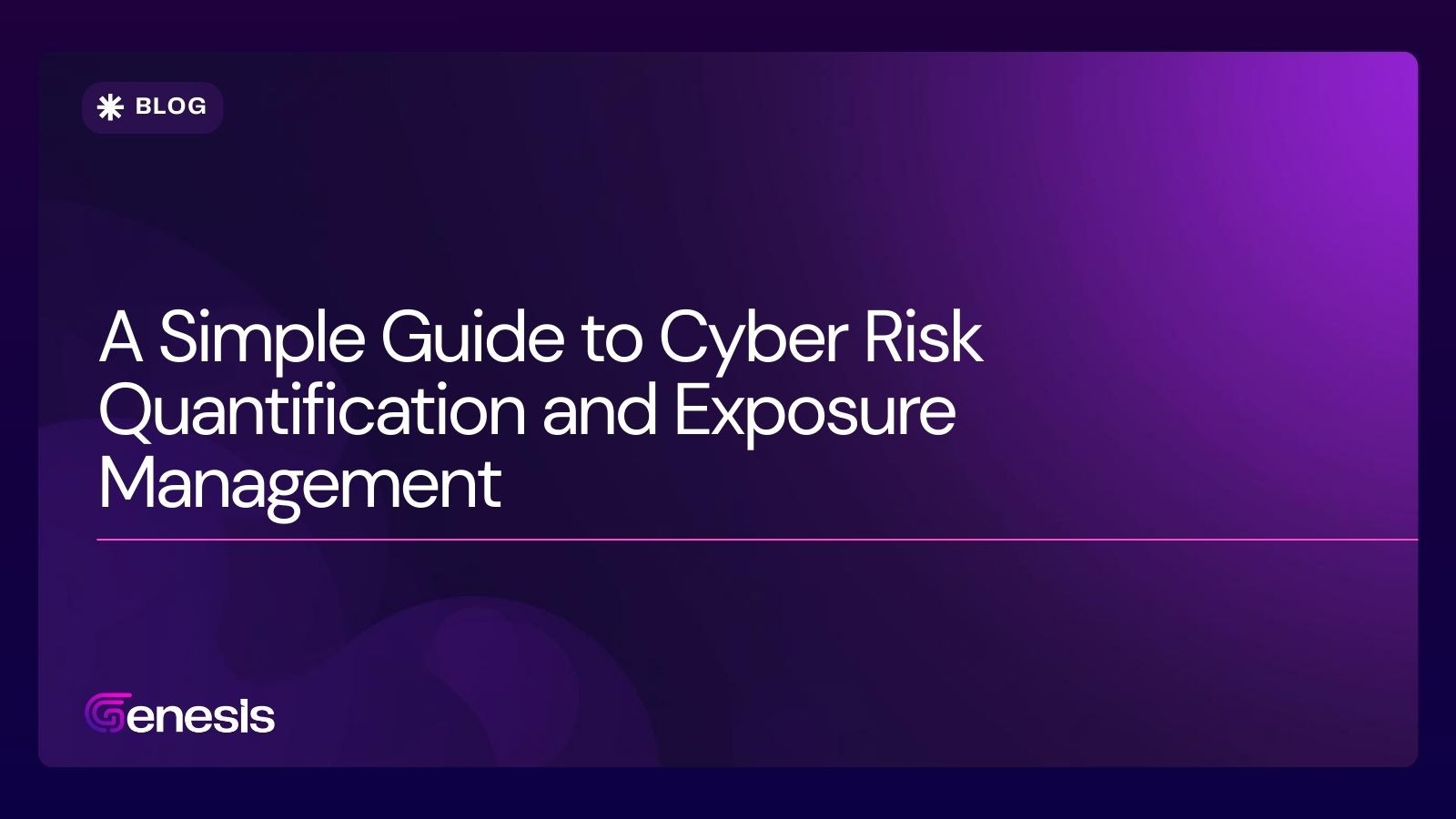Nov 1, 2024

Tanay Rai
The energy sector is essential to global infrastructure and supports nearly every industry. Over 60% of energy companies are outsourcing essential functions like logistics, technology, and resource extraction, which has heightened the need for Third-Party Risk Management (TPRM). Effective TPRM is vital for reducing operational disruptions, safeguarding sensitive data, ensuring compliance, and minimizing environmental impacts.
Key Third-Party Risks in the Energy Sector
Operational Risks: The energy sector operates with complex supply chains across upstream (exploration and production), midstream (transportation), and downstream (refining and distribution) activities. Operational risks occur when third-party suppliers fail to meet performance standards or experience disruptions. For example, in 2021, a logistics delay in oil transportation led to a 12% hike in regional oil prices, highlighting how single-point failures can create ripple effects across supply chains. Regular assessment of third-party capabilities and emergency preparedness is crucial for operational stability.
Cybersecurity Risks: Cybersecurity has become a top priority with the energy sector's digital transformation. Approximately 43% of energy firms report third-party cyber vulnerabilities as a primary concern, especially as energy infrastructure becomes more interconnected. For instance, a third-party breach at EDP (Energias de Portugal) in 2020 exposed sensitive client data and disrupted services, underscoring the need for stringent cybersecurity protocols and vendor assessments.
Environmental and Social Governance (ESG) Risks: Energy companies face ESG risks when third parties fail to adhere to environmental and ethical standards. Poor waste management or unethical labor practices by third parties can lead to fines, legal action, and reputational damage. Over 20% of energy companies in the past five years have faced public backlash or legal penalties tied to their third-party partners' ESG lapses. Rigorous ESG due diligence helps mitigate these risks, ensuring partners align with the company's sustainability and ethical goals.
Financial and Compliance Risks: Third-party financial instability can lead to supply chain disruptions, while non-compliance with regulatory requirements can result in third-party financial instability, leading to supply chain disruptions. In contrast, non-compliance with regulatory requirements can result in hefty fines. For example, in 2018, the collapse of Carillion, a major supplier to EDF Energy, led to significant project delays. With global energy regulations constantly evolving, compliance monitoring is critical to avoid penalties and ensure partners uphold standards.
Importance of Effective TPRM
Enhanced Resilience: A robust TPRM approach ensures that energy companies can address vulnerabilities promptly, improving their resilience. According to industry data, companies that actively manage third-party risks report 30% fewer service disruptions. This proactive approach protects critical infrastructure and safeguards a company's reputation.
Improved Compliance and Cost Savings: Effective TPRM helps companies avoid fines and operational restrictions. For example, energy companies globally saved over $500 million in regulatory penalties in 2023 through improved TPRM programs. Companies enhance their credibility with stakeholders and maintain smoother operations by ensuring third parties meet compliance standards.
Challenges in Implementing TPRM in the Energy Sector
Supply Chain Complexity: The energy sector's vast supply chains span multiple regions and functions. Each supply chain stage has unique risks, from the political volatility of resource extraction regions to the safety concerns in downstream refineries. This complexity necessitates a structured and sector-specific TPRM framework to address diverse risk scenarios effectively.
Resource Constraints and Geopolitical Risks: Implementing robust TPRM requires skilled personnel and advanced technologies. Resource constraints can make it challenging for smaller companies to allocate necessary funding and personnel. Additionally, geopolitical risks like trade disputes and regional instability further complicate third-party operations and increase potential vulnerabilities across the network.
Solutions for Overcoming TPRM Challenges
Automated Due Diligence and Real-Time Monitoring: Automated tools help streamline due diligence, providing real-time insights and faster response times. Recent TPRM software innovations allow companies to monitor third-party compliance and identify risks, reducing manual workload by up to 60% while enhancing risk detection accuracy.
Cross-Departmental Collaboration: Establishing communication channels among procurement, legal, and cybersecurity departments ensures a cohesive TPRM approach. This coordinated effort minimizes redundancies and aligns risk management practices across the organization, enhancing overall program effectiveness.
Sector-Specific Risk Frameworks: Adopting tailored TPRM frameworks, such as those designed specifically for the energy sector, allows companies to address unique industry risks, including environmental compliance, regulatory adherence, and operational reliability.
Best Practices for TPRM in the Energy Sector
Thorough Due Diligence: Companies should conduct comprehensive due diligence checks, including assessments of a partner's financial stability, ESG practices, and regulatory compliance. Approximately 80% of energy companies report improved resilience when due diligence is conducted regularly and thoroughly.
Regular Audits and Performance Monitoring: Routine audits and ongoing performance tracking help identify potential issues before they escalate. Companies that monitor third-party performance report 25% fewer disruptions, allowing them to maintain steady operations and customer trust.
Risk-Based Partner Segmentation: Segmenting third parties by risk level (high, medium, low) enables companies to focus resources where they're needed most. High-risk partners receive more frequent evaluations, while low-risk entities might only need standard checks, optimizing resource allocation.







